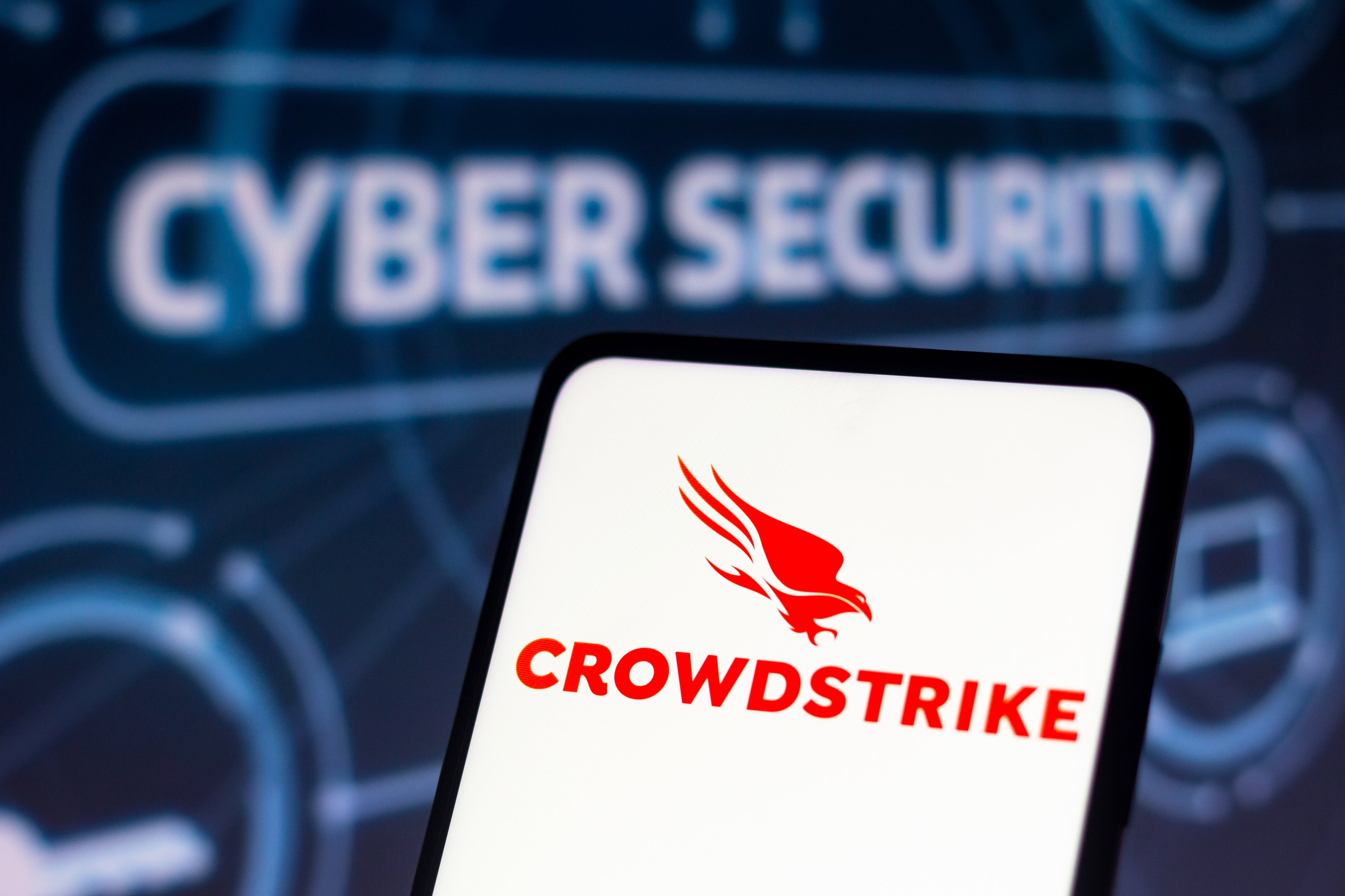CrowdStrike (CRWD +0.54%) is one of the world's biggest cybersecurity companies. Its stock has soared 40% year to date, but its current valuation might be a barrier to further upside for the remainder of the year.
With that said, investors who are willing to take a longer-term view could still reap significant rewards by owning a slice of CrowdStrike. The company's holistic all-in-one platform is extremely popular with enterprise customers, and its annual recurring revenue (ARR) could more than double over the next six years based on a forecast from management.

Image source: Getty Images.
One of the cybersecurity industry's only holistic solutions
The cybersecurity industry is quite fragmented, meaning many providers often specialize in single products like cloud security or identity security, so businesses have to use multiple vendors to achieve adequate protection. CrowdStrike is an outlier in that regard because its Falcon platform is a true all-in-one solution that allows its customers to consolidate their entire cybersecurity stack with one vendor.
Falcon uses a cloud-based architecture, which means organizations don't need to install software on every computer and device. It also relies heavily on artificial intelligence (AI) to automate threat detection and incident response, so it operates seamlessly in the background and requires minimal intervention, if any, from the average employee.

NASDAQ: CRWD
Key Data Points
To lighten the workload for cybersecurity managers specifically, CrowdStrike launched a virtual assistant in 2023 called Charlotte AI. It eliminates alert fatigue by autonomously filtering threats, which means human team members only have to focus on legitimate risks to their organization. Charlotte AI is 98% accurate when it comes to triaging threats, and the company says it's saving managers more than 40 hours per week on average right now.
Falcon customers continue to expand their cybersecurity spending
Falcon features 30 different modules (products), so businesses can put together a custom cybersecurity solution to suit their needs. At the end of the company's fiscal 2026 first quarter (ended April 30), a record 48% of its customers were using six or more modules, up from 44% in the year-ago period.
It launched a new subscription option in 2023 called Flex, which allows businesses to shift their annual contracted spending among different Falcon modules as their needs change. This can save customers substantial amounts of money, and it also entices them to try modules they might not have otherwise used, which can lead to increased spending over the long term.
This is driving what management calls "reflexes," which describes Flex customers who rapidly chew through their budgets and come back for more. The company says 39 Flex customers recently exhausted their budgets within the first five months of their 35-month contracts, and each of them came back to expand their spending.
It ended the fiscal 2026 first quarter with a record $4.4 billion in ARR, which was up 22% year over year. That growth has slowed over the last few quarters, mainly because of the major Falcon outage on July 19 last year, which crashed 8.5 million customer computers.
Management doesn't anticipate any long-term effects from the incident (which I'll discuss further in a moment) because Falcon is so valuable to customers, but the company did offer customer choice packages to affected businesses that included discounted Flex subscriptions. This is dealing a temporary blow to revenue growth.
Can CrowdStrike stock continue moving higher in 2025?
Here's where things get a little sticky for CrowdStrike. Its stock is up over 40% this year and is trading at a record high, but the strong move has pushed its price-to-sales ratio (P/S) up to 29.1 as of June 24. That makes it significantly more expensive than any of its peers in the AI cybersecurity space:
Data by YCharts.
This premium valuation might be a barrier to further upside for the rest of this year, and it seems Wall Street agrees. The Wall Street Journal tracks 53 analysts who cover the stock, and their average price target is $481.95, which is slightly under where it's trading now, implying there could be near-term downside.
But there could still be an opportunity here for longer-term investors. As I mentioned earlier, management doesn't expect any lingering impacts from the Falcon outage last year because it continues to reiterate its goal to reach $10 billion in ARR by fiscal 2031. That represents potential growth of 127% from the current ARR of $4.4 billion, and if the forecast comes to fruition, it could fuel strong returns for the stock over the next six years.
Plus, $10 billion is still a fraction of CrowdStrike's estimated addressable market of $116 billion today -- a figure management expects to more than double to $250 billion over the next few years.
So while I don't think there's much upside on the table for CrowdStrike in the remainder of 2025, those who can hold on to it for the next six years and beyond still have a solid investment opportunity.






